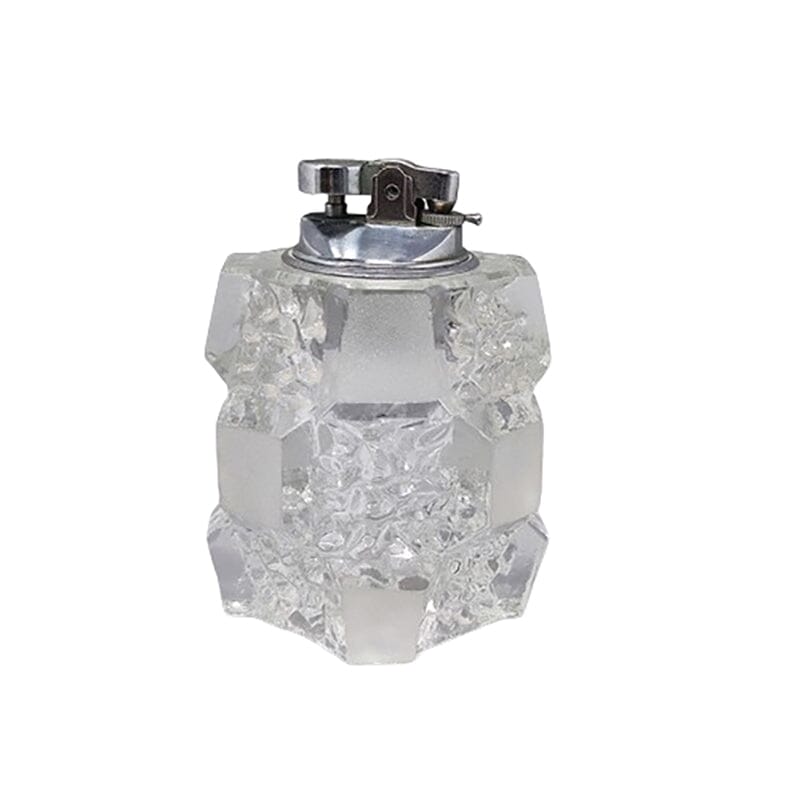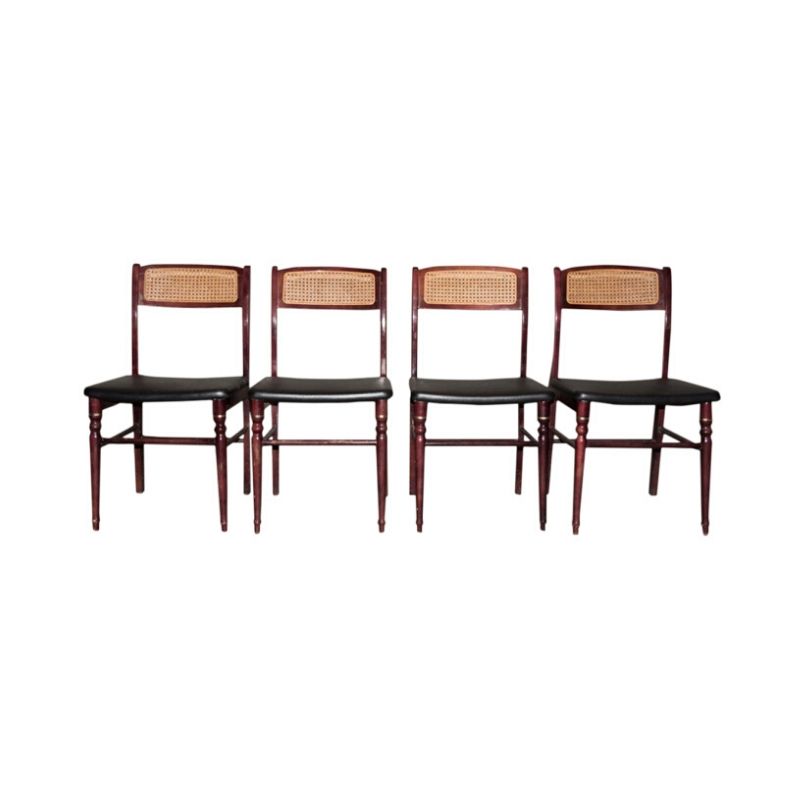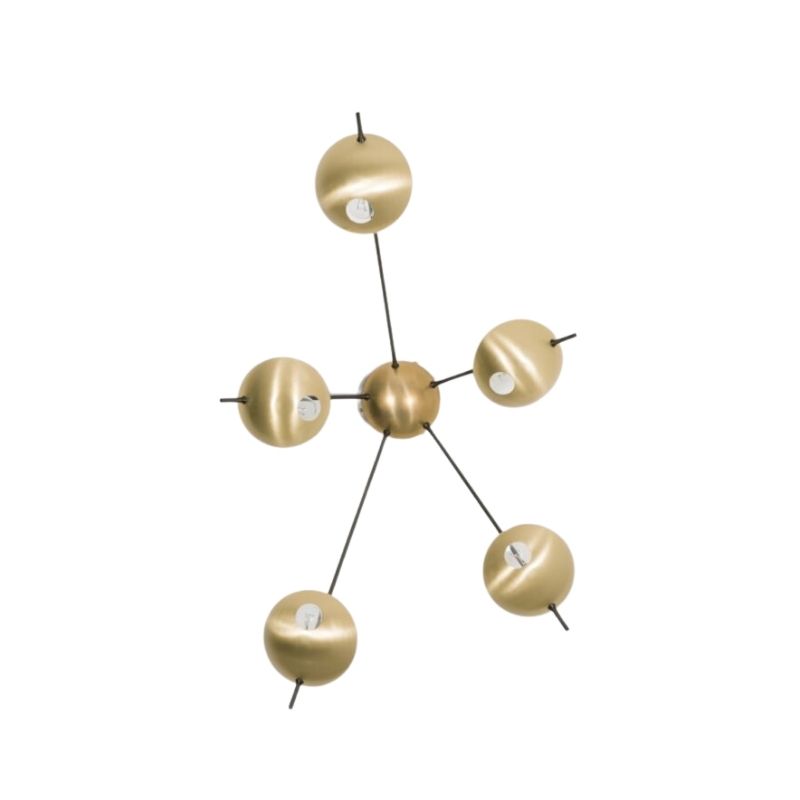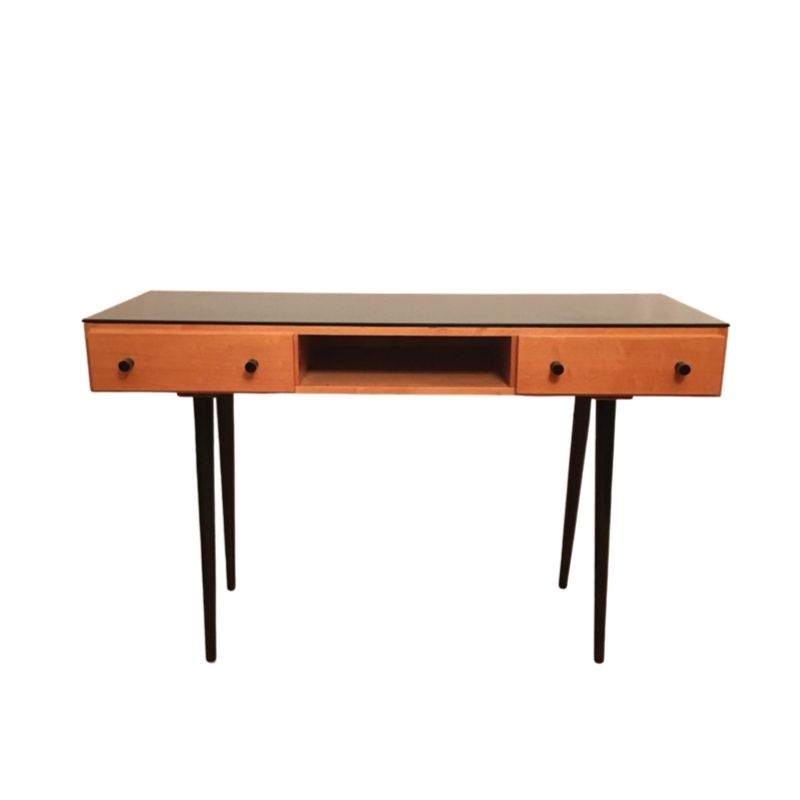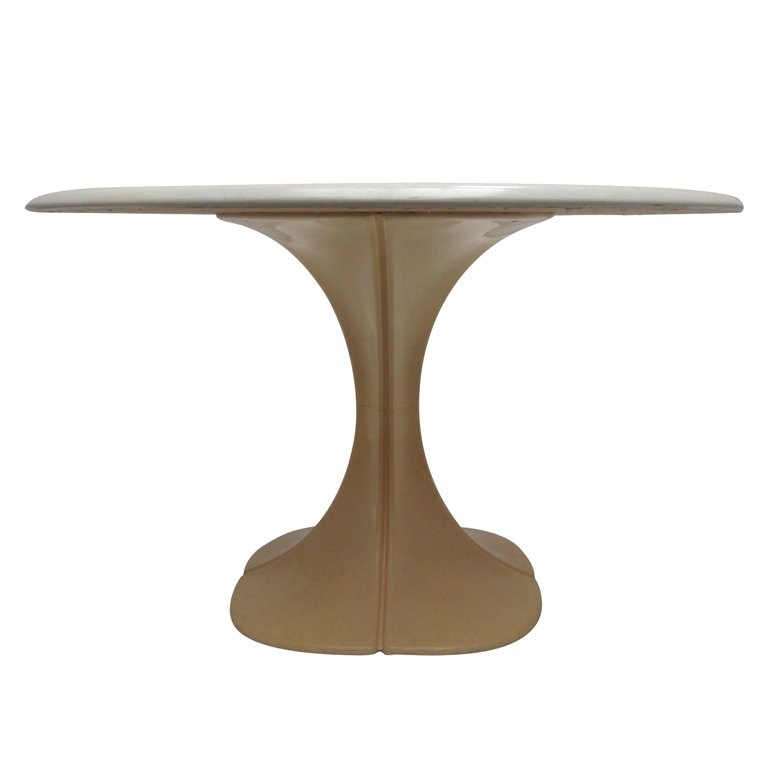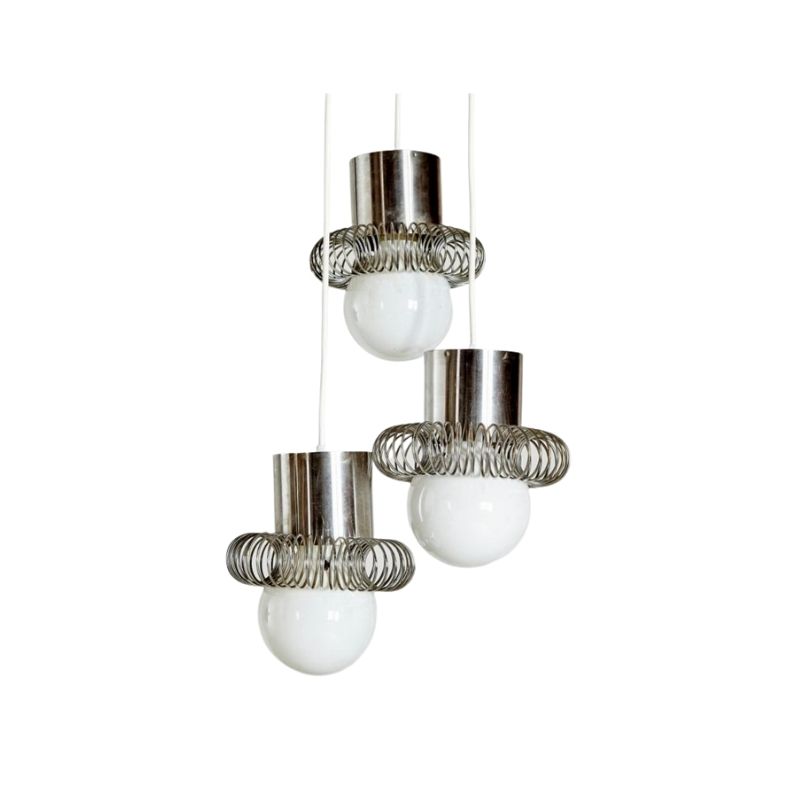Suddenly makes me feel like I should be getting this chair done in one weekend!
I remember when I was young and my mum stripped her stairs and bannisters one summer. Took her every single day of the summer, and she's left them virtually unfinished since - no wonder. I think she just oiled them.
On topic, I just bought some Murphy's and came to ironic realisation that it cost me more than the chair itself.
So just to go over this again: I'll try alcohol first, then nail polish remover, if neither have a huge impact I can just assume it's a build up of resins within teak oil and go with Murphy's?
Started slathering the thing with methylated spirits today! It's coming off, but it's a slow old job.
Quite proud I identified the finish correctly, thought it looked too shiny to be just oil/wax.
And the wood underneath is really beautiful. Taking the scuffed finish off the lower legs has revealed some figuring that wasn't visible, it's really handsome. So happy to be doing this! Looking forward to doing a light sanding afterwards.
But this part is an intensive process, hard freeing up old shellac on such a sculptural shape. Have some wire wool coming in tomorrow, but right now doing it with a rag alone and I am smearing it about more than removing it. It's taking a lot of alcohol to absorb it into the rag.
Anyway, I had to start it otherwise I'd just end up living with the cracked/scratched surface. And given how much I love it, it deserves better.
Kyle
Good to hear Kyle.
I have had the same experiences using solvents to remove the finish. There clearly is a technique to it, one which I have not yet mastered. You might try a plastic scraper, as well. The steel wool (make sure you dont use anything more coarse than 000, 0000 is most preferable) will help, but also will gum up quickly, so you need to rinse it out in a small container of alcohol often.
When you go to the light sanding, start at 150 or higher. The 150 if you have deep scratches or divots to rectify, otherwise you can probably just start and end with 220 (you can go up to 320, but I would not go further than that because it can start to cause issues with oil absorption). If you are not extremely competent with a palm sander, I recommend just sanding by hand, You dont need a ton of pressure when you sand, and wont need a block since this chair has few flat surfaces. You can certainly use a sponge wrapped in sand paper if you have concerns about even-ness, but I usually just use my hand with good results. You can use a little more pressure on the flatter surfaces, but be gentle on all the edges. It can be noticeable afterward, if you 'round' edges that were previously more sharp. Once you are happy with the sanding, make sure to romove all of the dust, with mineral spirits soaked rag, or vaccuum, etc.
Like I said in an earlier post, in my experience, you will need to do many coats of oil. 1-3 probably will not do it on bare wood. If you want really good resutls, and even luster, and some actual protection, I would suggest something more like 10 coats, over a few weeks period. I finished some Henning Kjaernulf chairs a few months back (which I still need to post on the forum) in walnut, and those took 12 coats of Watco Teak Oil, and now 3 months on, they need another 1-2 coats. You need to oil a lot at first, but as the finish builds over the first year or two, you will need less and less to maintain the finish. If you decide to use a thicker oil like tung, I suggest thinning the first few coats with mineral spirits. You should really thin the first few coats of any oil, but especially so with tung oil. you wont need as many applications of tung oil, but you will need to wait longer periods between recoating, as it can dry slower than many oils (except linseed and BLO, those take much longer in my opinion). The teak oils and Watco products are typically linseed oil, mineral spirits, varnish, and a dryer of some sort, which makes them dry faster, but also offer a little more protection with the added varnish. Don't be scared away by the fact that there is varnish included, it is only a fraction of the composition, and still thinned heavily.
Anyways, let us know how it goes, and you should definitely show us some after pictures as well.
The only trick to stripping shellac or lacquer is to make sure the solvent is on there long enough to dissolve the finish. Both alcohol and acetone evaporate very quickly and you will most likely need to rewet the surface more than once before the finish is finally dissolved. If you start wiping it off before it's completely dissolved, then yes--it will still be gummy and you will need to scrub with steel wool or scrape with a scraper.
If you wrap it first with a single layer of paper towel (I've tried multiple layers and it didn't seem to make any difference), the evaporation will slow down a bit and the solvent will stay in in contact longer with the finish, giving it a little more time to work. The wrap also makes rewetting easier; the solvent soaks into the paper towel instead of just running off the surface. (Both solvents have a very low surface tension too.)
It took me awhile to figure this all out. I spent a LOT of time scrubbing and scraping thick old shellac until I realized all I had to do was wait a little longer and rewet the surface a few times.
(The same thing applies to removing wallpaper paste. It has to be reconstituted completely before it can be wiped off easily. Steam will saturate it in seconds and then one swipe with a wet sponge and it's gone.)
Both these solvents, especially shellac, will dry the wood out, so only leave them on long enough to dissolve the finish. Even that will leech a lot of oil and moisture out of the wood (though I've never had a problem with it loosening the joints--it doesn't penetrate that deeply.) So yes, you will need more coats of oil than you would normally.
This is a Wegner CH23 that i did awhile back--it had been varnished so i had to strip with methylene chloride but this is what alcohol does to wood, too. But I think all i had to do was 2 coats of oil so it wasn't nearly as dry as if I'd used alchohol.
And these are some Wegner Cowhorn chairs that I restored. They'd been shellacked several decades ago and the finish plus whatever products had been used over the years on them had darkened them to the point of nearly obscuring the grain! I don't have pics of the stripped wood but it was like the above. I put two coats of oil on and they still looked very unevenly dry-ish, so I used a different brand of oil that had added varnish. That did the trick. I can't remember if it was one coat or two with that oil--maybe two but definitely not three.
Yeah, I was concerned about the alcohol getting in the joints, could it possibly weaken any glue in there?
I also have to admit at one stage I tried diluting the spirits with scalding water, and it KIND of worked. Admittedly it left the chair a state afterwards,it looked like I smeared chalk all over it. But another wipe around with pure alcohol sorted that out and left a lot of shellac on my rag.
But it sounds like your way might be best to finish it.
I've never had a problem with alcohol loosening up glue! I wouldn't worry about it.
Water will leave white marks on a shellac finish so that's probably what happened when you added hot water to the alcohol. Sounds like a kind of dicey thing to do with a flammable liquid but I dunno...I never took chemistry, I just do a lot of googling.
I really think those look like teak, based on the pictures. Teak has a really wide variation in color from honey to redish brown, and even wider variation in grain. All this gets even more difficult when you consider that the wood has aged 20-70 years. Earlier on, I definitely had trouble telling teak from walnut, and still have to double take at times to be sure. Probably the most common wood mis-attribution that I see, is people claiming walnut as teak.
Ok, so to your question, yes J L M
I am definitely seeing it becoming darker than the finish that it had on it, even when I rub alcohol on it. I know it wasn't clear in the pictures, but the finish was really cloudy - it was shiny and reflective still, but very cloudy. I think I will be using boiled linseed oil and giving it some weeks to settle and maybe 3 or 4 coats. I think I'll wax it to finish.
Given how ridiculously smooth the wood already is, I think oiling/waxing it will be sufficient for the finish I want, I definitely don't want a shiny look, but if that doesn't work out I'll wash the wax off and shellac it. I am kind of surprised someone had shellacked it actually, it's not ideal for a chair I thought but it was a really nice sheen on it. I definitely don't wanna go near lacquer.
Sorry about the delay on pics, I work and I'm a student part time so this is 3rd in line of things I fill my life up with - so I think I'll be able to update a little more at the weekend now.
And I think the side chairs are 77s, Leif! I will buy them if you want to sell them for
Thanks for the correction Leif, and Kyle, sorry for the misinformation. I never noticed any lacquer, but I also try to find the chairs with the worst finish, as they are typically cheaper and more satisfying to refinish, and therefore it is probably already worn off by the time I get them.
Kyle, your planned finish is certainly valid, but in my experience will require a fair amount of upkeep if you are actually using the chair. As long as you are OK with the upkeep it should be a beautiful finish.
No worries on the photos. Take your time, I am pretty sure no one is in a rush here.
Here's the first coat of linseed oil! Sorry, as you can see my camera on my phone is pretty terrible - but you get the idea.
If you need any help, please contact us at – info@designaddict.com



